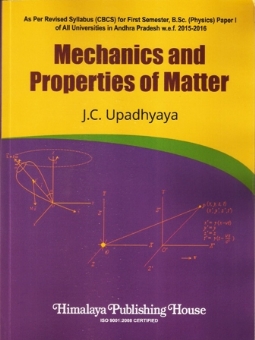Mechanics and Properties of Matter
Availability :
In Stock
₹ 218.70
M.R.P.:₹ 270
You
Save: ₹51.30 (19.00% OFF)
(Inclusive
of all taxes)
Delivery:
₹ 0.00 Delivery charge
Author:
Upadhyaya, J.C.
Publisher:
Himalaya Publishing House
Edition:
2017
ISBN-13:
9789352028313
Publishing Year:
2017
No. of Pages:
338
Language:
English











